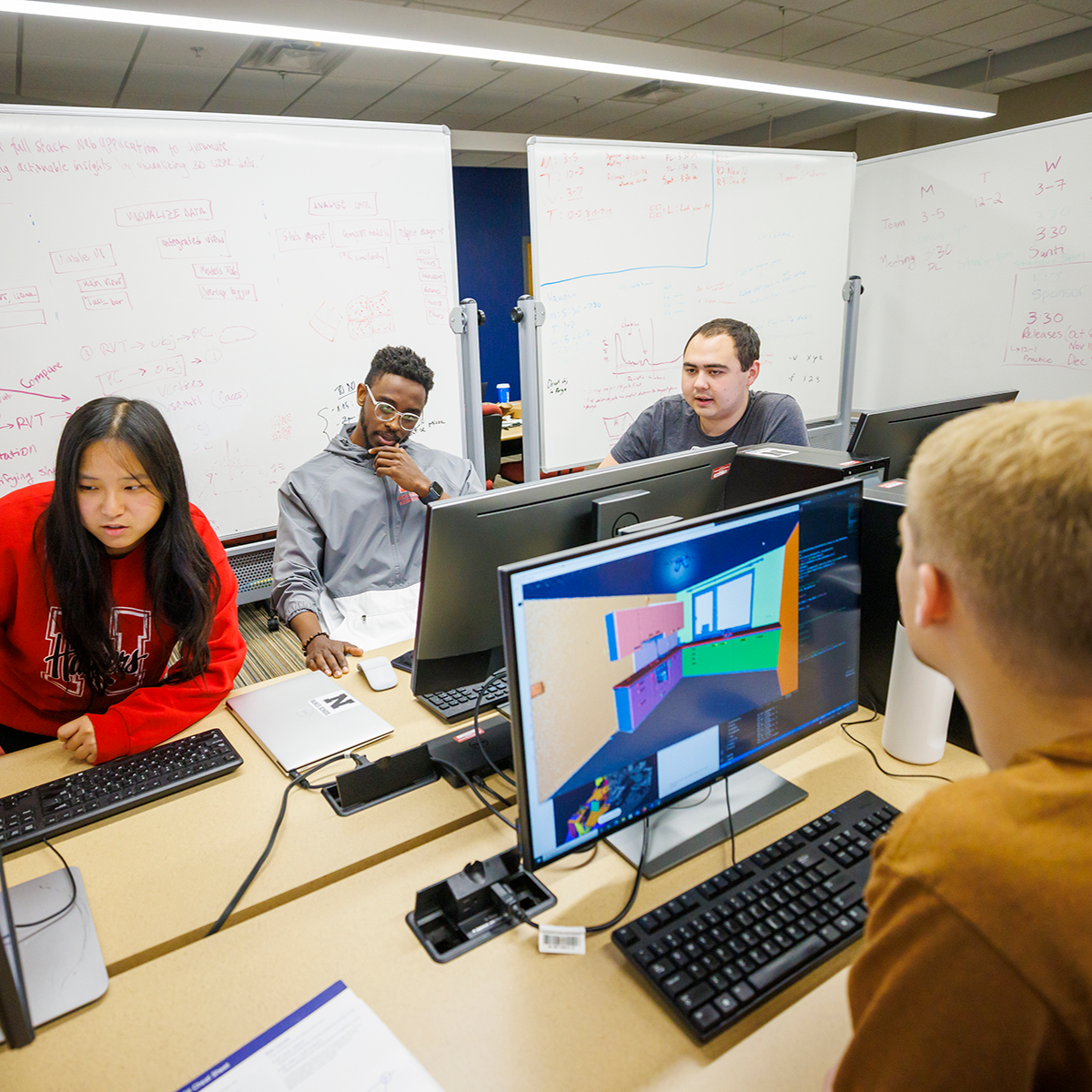
A new rule under Title II of the Americans with Disabilities Act requires faculty and staff to learn new skills and practices to ensure all digital content be accessible by April 26, 2026.
What is digital accessibility?
Implementing digital accessibility involves turning on features in programs to support the widest range of learners as they use it. For example, ensuring your video lecture has accurate captions helps deaf students who can’t hear the video, multi-language learners who benefit from seeing and hearing the words at the same time, and students riding on the noisy bus between campuses who can’t hear the video. There are accessibility features in all common programs — Word, PowerPoint, Excel, Canvas, Acrobat (for pdf files) — that are easy to implement and help students.
Why Prioritize Digital Accessibility?
- Learning how to implement digital accessibility helps our entire campus community because it turns on useful features for everyone, and it supports the university’s vision that every person and every interaction matters.
- Over 20% of college students have a disability and the percentage has been increasing over time (National Center for Education Statistics, 2023). Moreover, many students do not disclose their disabilities. Thus, even though digital accessibility helps everyone, it is particularly beneficial to students with disabilities.
- Making digital content accessible at the point of creation saves time in the long run because you do not have to make last-minute changes to meet accommodation requests at the start of the term.
- It's the law. Non-compliance can trigger audits, litigation, and fines.
What steps should be taken now?
- Review the new rule: Familiarize yourself with the new Title II fact sheet and share this information with colleagues in your unit.
- Learn how to make content accessible: Participate in accessibility training opportunities, such as:
- Building inclusion through digital accessibility: A spring workshop series offering hands-on training in creating accessible materials.
- Bridge Digital Accessibility Online Training: 1.5-2 hours of online training that shows you exactly how to get started making your documents accessible.
- Title II and what it means for you online training: 15 minutes to introduce you to Title II
- B is for Barriers training: Sessions focused on identifying and addressing accessibility barriers.
- Audit and update content: Review your digital course materials and web content and make them digitally accessible.
- Get support: Seek guidance from instructional designers in your college or school to make a plan for learning how to update your digital course content.
By taking these steps, you can ensure your courses meet federal requirements and foster an inclusive learning environment everyone. Instructors are encouraged to get ahead of this requirement by updating materials by the start of the 2025-26 academic year.
More details at: https://go.unl.edu/Accessibility-UDL